One of the worst accidents in Norwegian aviation occurred in 2006 on the short runway at Stord airport in western Norway. Here's the tragic story, and the lessons learned.
Atlantic Airways Flight 670 failed to stop in time on the short runway at Stord Airport. The British Aerospace 146-200A fell down a cliff and burst into flames, killing four people.
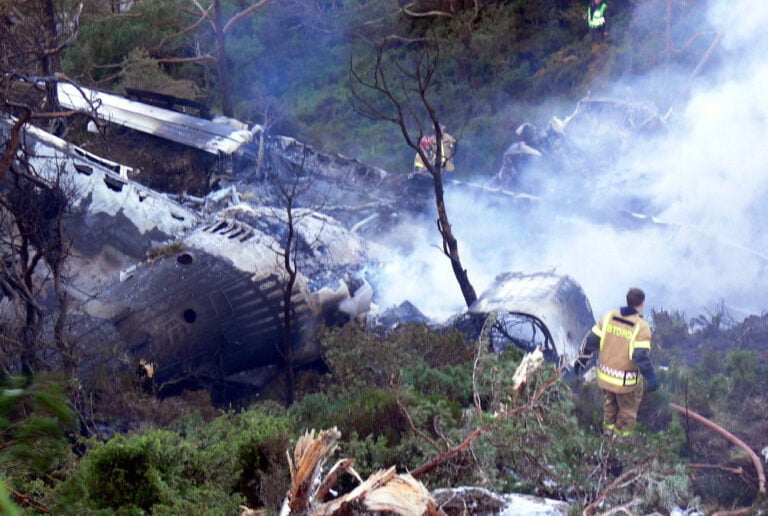
Looking at a photograph of the immediate aftermath of the air accident, it's hard to believe anyone survived one of Norway's worst air accidents in recent times. Yet despite the plane bursting into flames, 12 of the 16 people on board lived.
Three Norwegian passengers and one Faroese crew member sadly lost their lives. It took the Accident Investigation Board Norway (AIBN) five and a half years to release its final report on the incident. Here's the remarkable story.
About Stord Airport
Even a lot of people in Norway won't have heard of Stord Airport. It's a relatively small regional airport serving Stord island and the Sunnhordland region of Norway, between Bergen and Haugesund.
It's one of the few airports in Norway with scheduled flights that isn't owned and operated by Avinor. However, as several airlines have tried and failed to succeed at Stord over the years, the airport does receive state support.
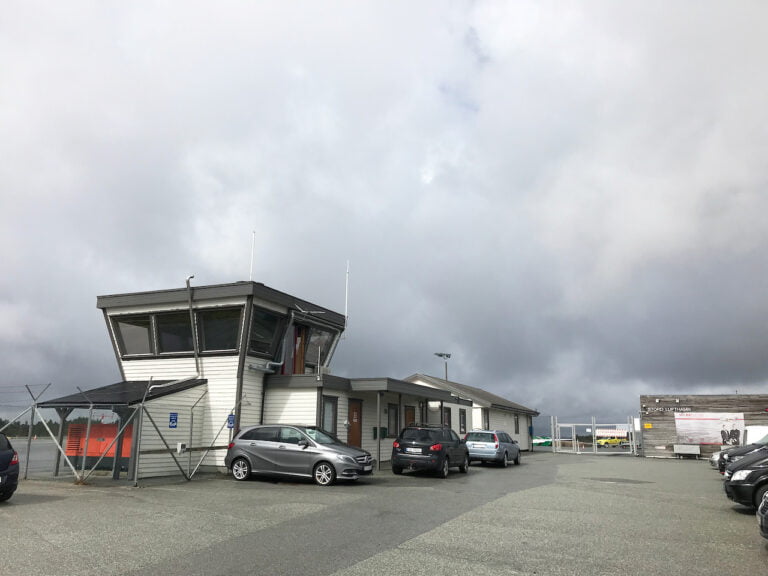
At the time of the accident, Stord was well-known for its short runway. At just 1,460 metres (4,790 ft) long with a landing distance available (LDA) of 1,200 metres, the runway could only accept small aircraft. The runway is located 49 metres (160 ft) above sea level, with steep sea cliffs on three sides.
About the flight
The west coast of Norway is known for its mountainous terrain pierced by the Norwegian fjords, which makes flying the most convenient way to travel.
In 2004, the oil and gas engineering company Aker Kværner started leasing British Aerospace 146-200 aircraft from Atlantic Airways for employee travel to work on the construction of the Ormen Lange gas field near Molde.
On the day of the accident, flight 670 was scheduled to fly from Stavanger Airport Sola to Molde Airport with an intermediate stop at Stord airport.

The captain of the aircraft was familiar with Stord, having carried out 21 landings as a captain on previous occasions. The captain was the pilot flying the aircraft at the time of the incident.
The incident
At 7.32am, the aircraft touched down at Stord following a normal approach. The touchdown point was only a few metres past the ideal landing point.
Just two seconds after touchdown, the pilots realised the spoilers—which help slow the plane down—had failed to deploy. Braking did take place normally for a few seconds but then the plane stopped slowing.
It was too late to abort the landing and get airborne again, so the captain tried to use the brake pedals with no effect, and then initiated the emergency brake. At this point, witnesses observed smoke and spray from the landing gear.
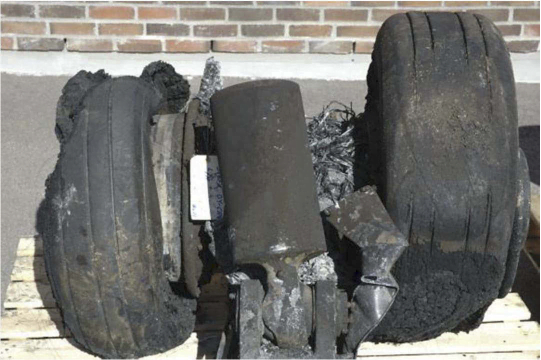
As a last attempt to stop a disaster, the captain steered left and right attempting to skid the aircraft to a stop, but it was too late. Just 22.8 seconds after touchdown, the aircraft slid off the end of the runway and down a cliff at a 45-degree angle.
It came to a stop 46 meters (151 ft) from the end of the runway and 50 meters (160 ft) from the sea. Despite the accident, the pilots were able to cut the fuel supply and activate the engine fire extinguishers.
However, the aircraft sustained substantial damage and caught fire almost immediately. The pilots were also stuck in the cockpit due to a jammed door, so had to escape through the left cockpit window.
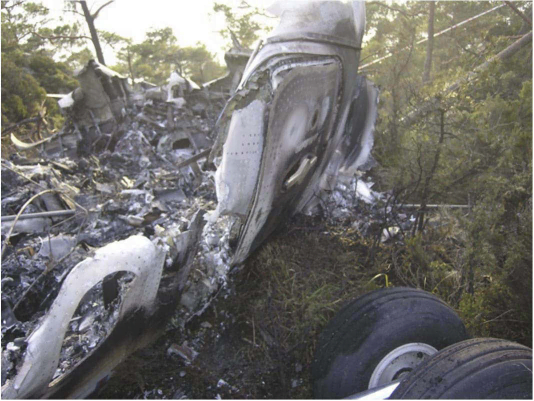
Unfortunately, flames spread so fast that there was not enough time for everybody to evacuate the aircraft. Four people died and six were seriously injured.
The investigation and conclusions
Representatives from the AIBN arrived on site to launch an investigation just hours after the accident. Their investigation was hampered by the substantial heat damage to the fuselage and major damage to the tape-based flight data recorder.
They did however have access to some film of the immediate aftermath taken by an observer from across the sound, and eventually the cockpit voice recorder following restoration work.
From the voice recorder, investigators were able to conclude that the pilots did correctly set the spoiler lever. They were not able to find the underlying cause of the spoiler malfunction, but there were other factors.
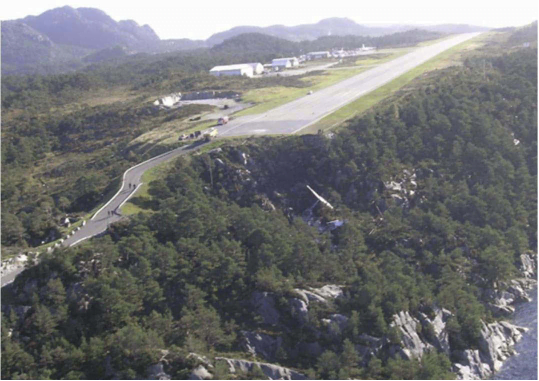
When the captain set the emergency brakes, it disabled the anti-lock braking system. On a damp runway, the brakes locked and caused a condition known as “reverted rubber hydroplaning”, essentially meaning the hot tires float on a cushion of steam making it much harder to break.
This issue was made even worse because of Stord's lack of runway grooves that carry away surface water and the lack of a safety area at the end of the runway.
During the investigation, the first officer estimated the speed at this time to be just 5-10 kph (3-6 mph) and that they would have needed just 15 metres (49ft) more runway to come to a stop.
The AIBN found the accident to be survivable. The passengers that were able to escape did so through the rear door. Those who lost their lives were towards the front of the plane and were unable to escape through the blocked/damage front exit. Also, although fire crews were quick to arrive at the scene, they were hampered by the difficult terrain.
Despite identifying training opportunities relating to stopping without spoilers, the board found the airport's physical geography and lack of adequate safety measures were decisive in the outcome of the accident.

